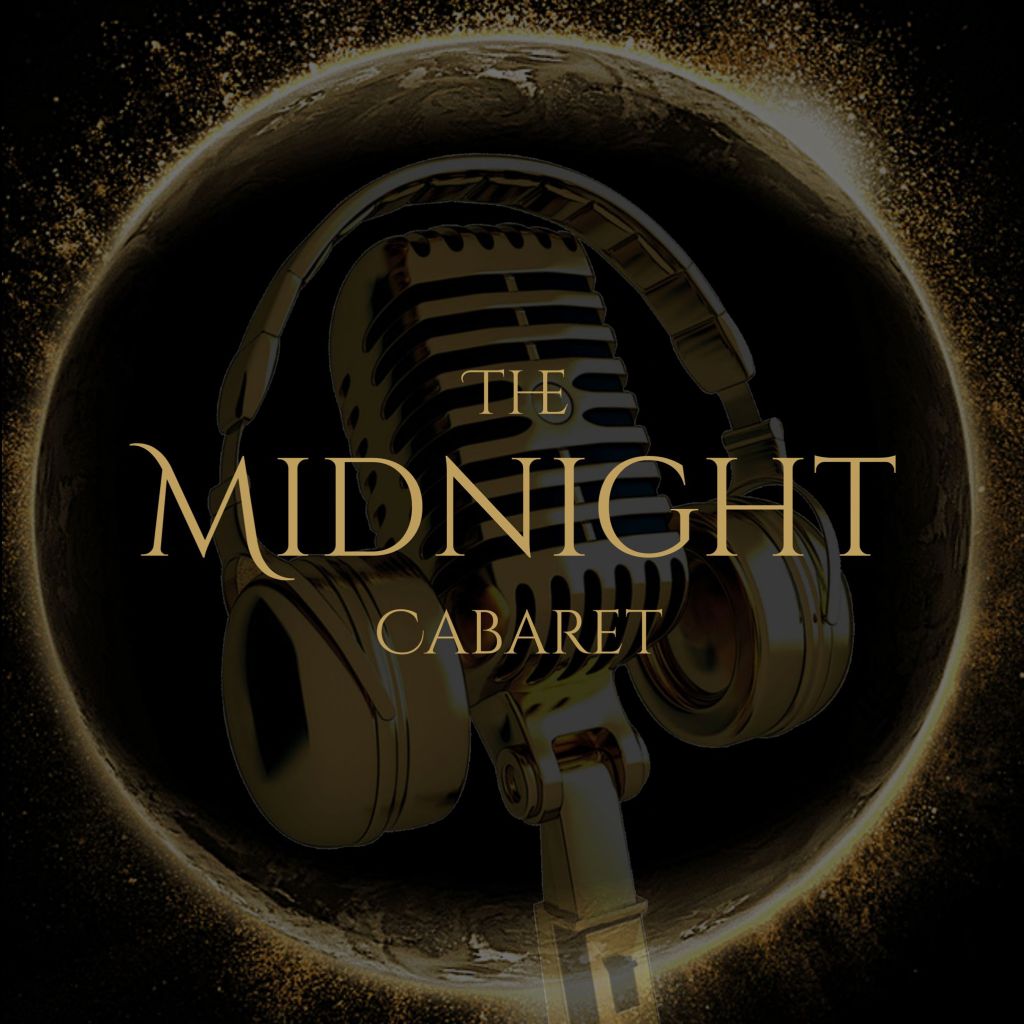[ad_1]

Can a show get a chance to be good in 2021?
Netflix’s cancelation of it’s live-action Cowboy Bebop reflects a company following the data. While the show, which was first announced back in 2018, opened with a bang on the service’s top 10, data from What’s On Netflix shows a dramatic departure soon afterward. And both Metacritic and Rotten Tomatoes show a rare alignment between critics and fans, with the scores of both groups coming close to each other in their general dislike.
Without critical acclaim, a vocal fandom, or sustained interest in keeping the show a mega-hit, it’s easy to see how it was game, set, and match for John Cho, Mustafa Shakir, and Daniella Pineda. But the departure is still stunning, simply given how much Netflix poured into its promotional efforts. On Netflix’s YouTube page, one can find Cowboy Bebop remixes by Steve Aoki, behind-the-scenes clips with actors showing off the custom-made set and musicians doing their thing, and even a four-hour-and-40 minute soundtrack stream entitled “Space Jazz to Chase Bounties and Cook Beef and Broccoli to.”
Compare all that hype with Netflix’s biggest hit of the year: Red Notice. While it’s only one metric, all that appears on the company’s YouTube page is a live event of Red Notice’s stars gathering. The one promotional effort done by Ryan Reynolds doesn’t even focus on the movie, instead discussing his recent purchase of a soccer club. Of course, it helps when Reynolds, Dwayne Johnson, Gal Gadot and are walking, breathing, promo machines with millions of followers on every possible platform. A tech company like Netflix knows Red Notice promotes itself. Cowboy Bebop, a weird show based on a weird show, not so much.
The quality of Bebop certainly could have played a role in Netflix’s decision. Polygon’s review offered some praise for the show, noting its “fastidious attention” to physical details from the original anime, and that when it made an alteration, it could often provide “interesting developments and dimensions.” Rather than problems relating to the acting, plotlines, or set, the problem seemed structural: the show “feels like a decision by showrunner André Nemec to interpret the idea of what a cartoon would feel like in live-action rather than create a more straightforward version of Cowboy Bebop.”
Another problem: unlike the original Bebop, the show aired all at once. The full run of the original Bebop aired from October 24, 1998 to April 24, 1999 on the satellite network Wowow. It then slowly built an audience across the world — first in Italy, then the United States through Adult Swim, then Australia, and so on. Its reputation flourished on strong reviews and word-of-mouth between international anime fans. While the anime Bebop can certainly be binged, each episode feels like an event. From Spike’s daring gambit with the Space Shuttle Columbia to Jet’s learning about feng shui on Mars, these episodes stand fully on their own. Certain plot points are pushed forward, but each session truly feels unique.
/cdn.vox-cdn.com/uploads/chorus_asset/file/23027732/COWBOYBEB__Unit_01684R_cropC3.jpg)
Photo: Geoffrey Short/Netflix
When all the episodes are presented together, it’s hard for that feeling to feel explosive with each go around. The Netflix Bebop tried to recreate the magic, but creating a show for binging can pressure writers to have each episode connect to the other, forcing a sense of unity that may not necessarily need to exist. What works in the bubble of writer’s room may not resonate in real life.
Of course, a show with strong ideas and flimsier execution can correct course. Lost was able to get rid of characters that weren’t connecting, The Good Wife changed character arcs based on fan response, Sleepy Hollow started focusing more on monster-of-the-week episodes, and despite the sell as the first Marvel Cinematic Universe TV show, Agents of S.H.I.E.L.D stopped responding to every event in the greater MCU.
The average length of a show these days is between three and four seasons, with less and less time to figure out what’s wrong. Regardless of what happened with Bebop, that’s a problem: it gives writers, actors, and creators less time to figure out what’s working and what’s not, leading to less creativity overall. A show like Hulu’s High Fidelity, which got glowing reviews, wasn’t given a chance to find its audience.
Retooling a show midway through a season, especially an expensive one, is rarely seen as a good thing. And it wouldn’t have been in the case of the 2021 Bebop. But if the data could tell Netflix to, say, lay off the Vicious stuff, or hold back with the “blackmail”/”black male” puns, then it’s possible that the show could have not just been stuck trying to recreate ’90s anime, but rather find its own footing. John Cho delivered on his promise as a leading man. The rest of the cast delivered energy with each round. The heightened tone popped in places. There was probably a good show in there, to be reconsidered in season 2. But that’s not happening.
See you next time, space cowboy.
[ad_2]
Source link
Sign up for our newsletter now!







